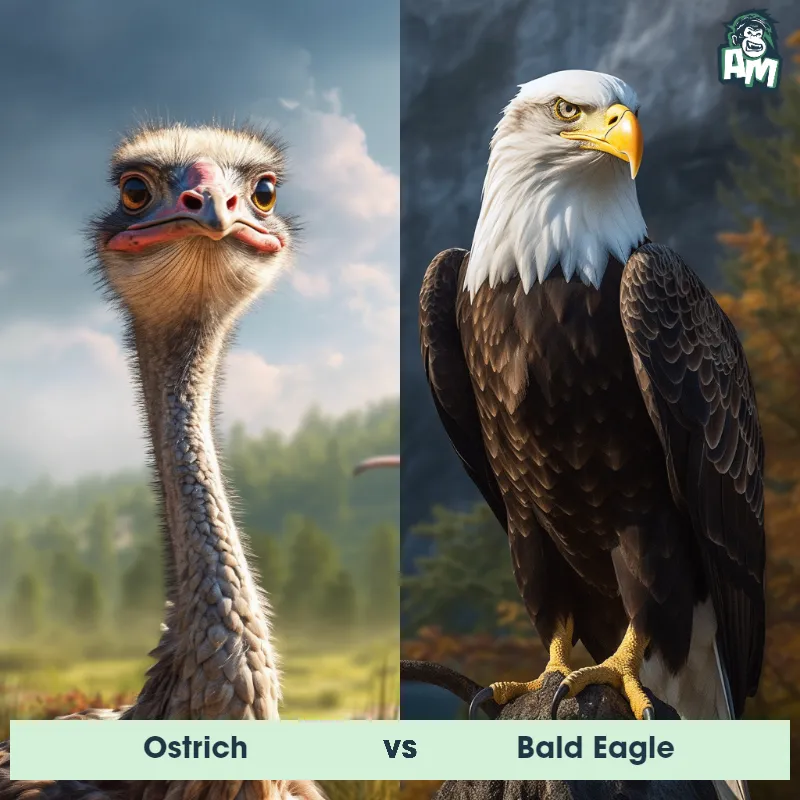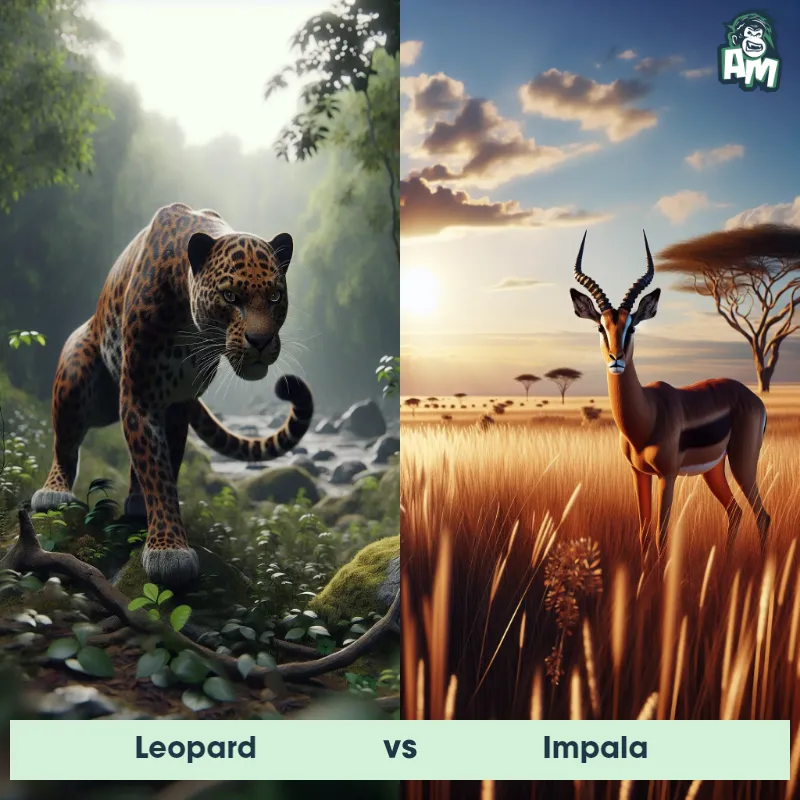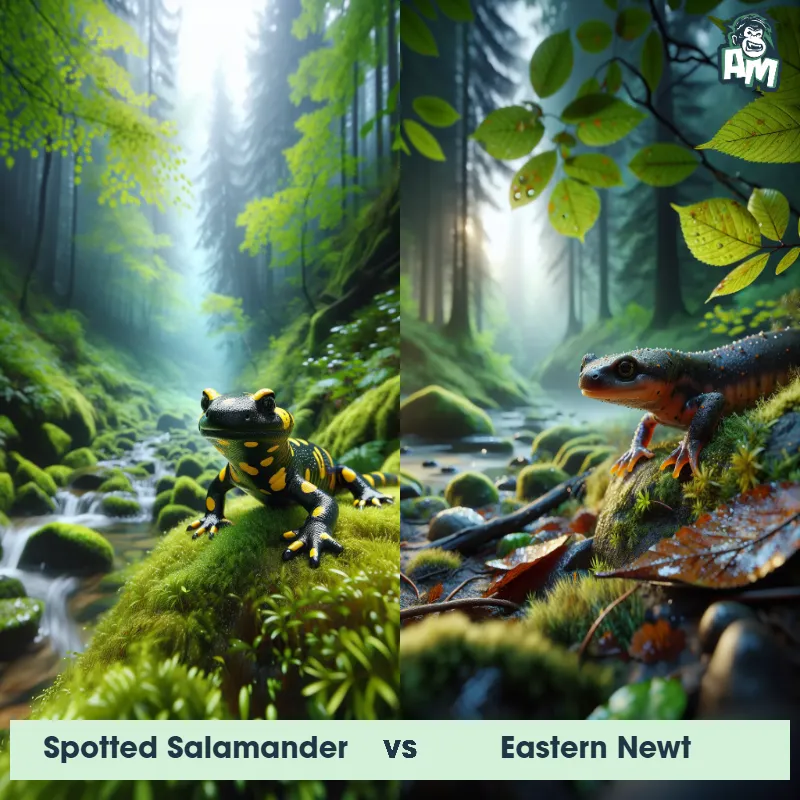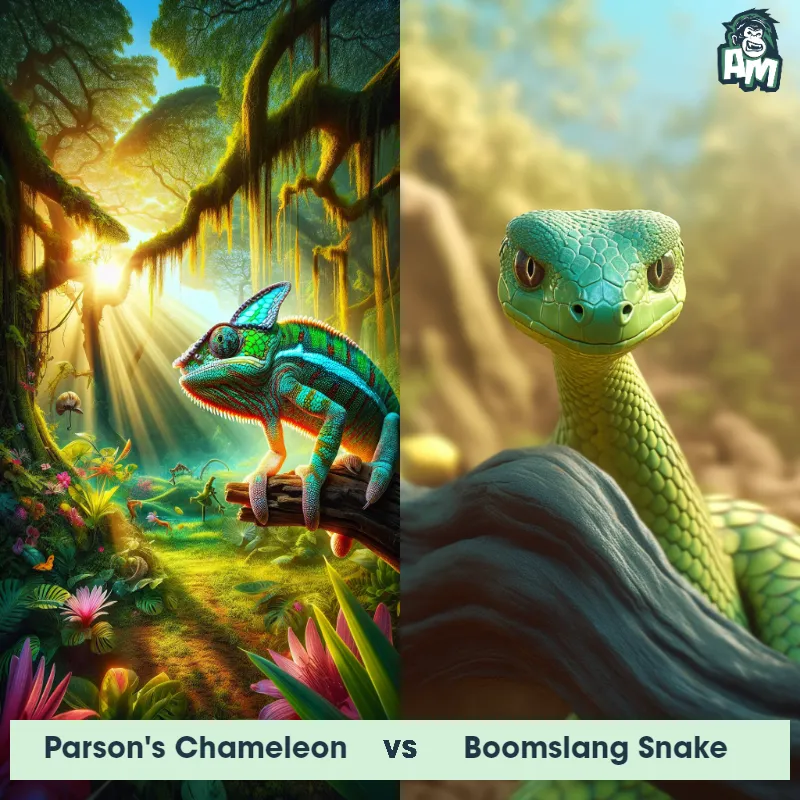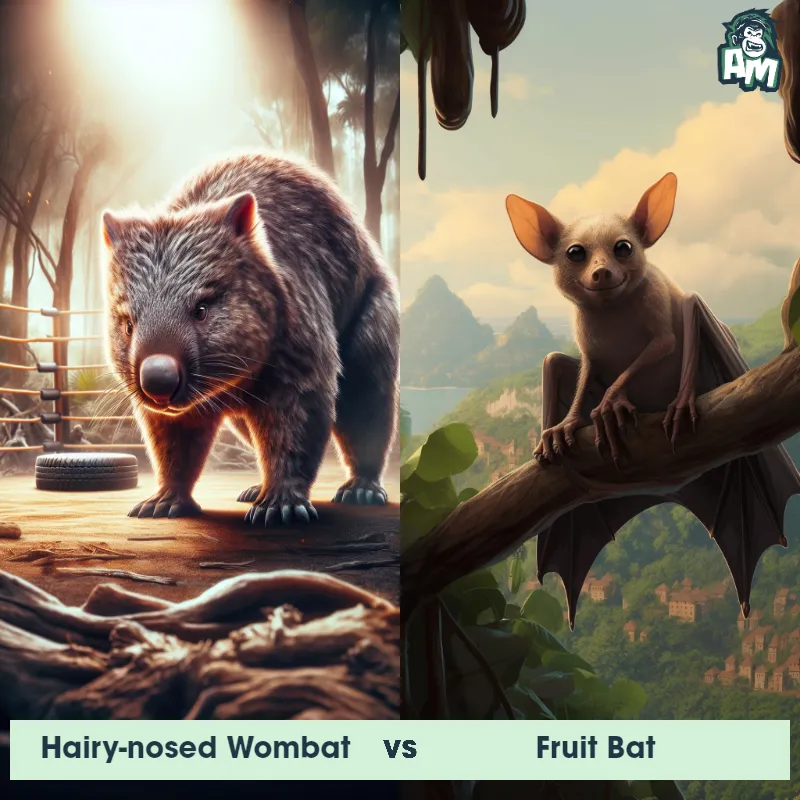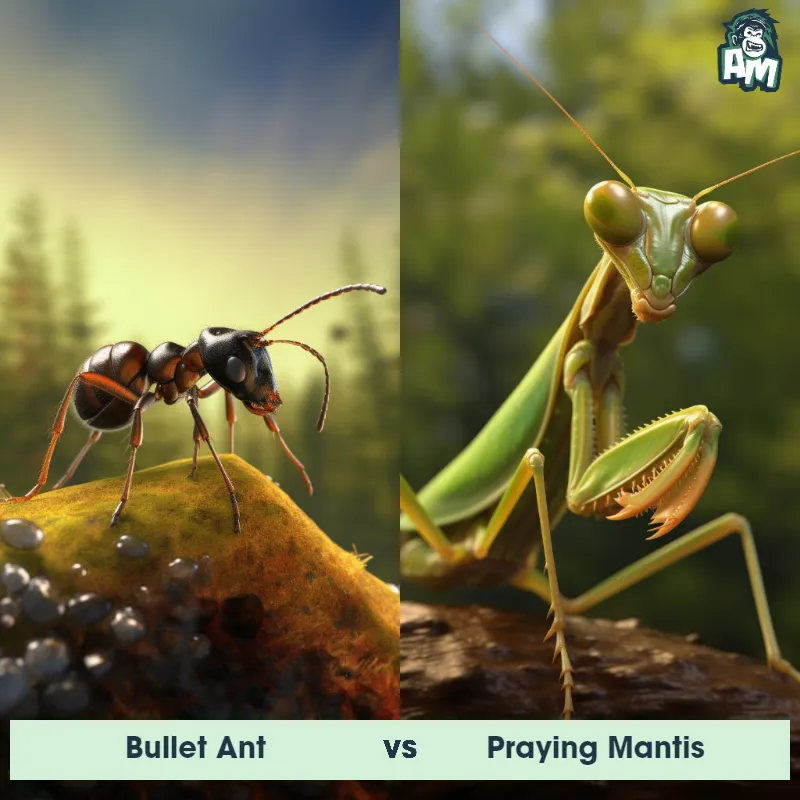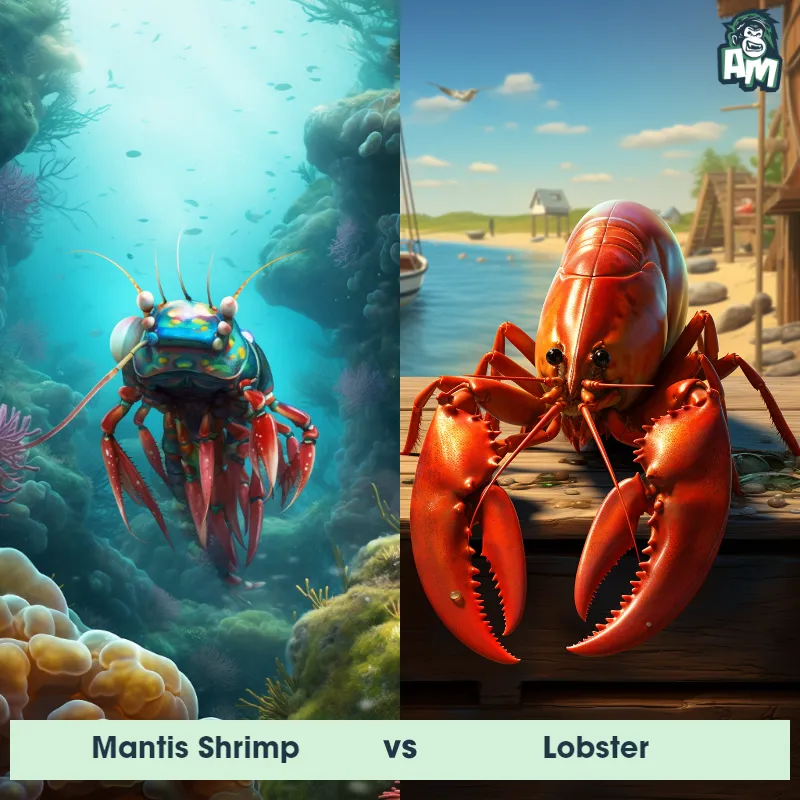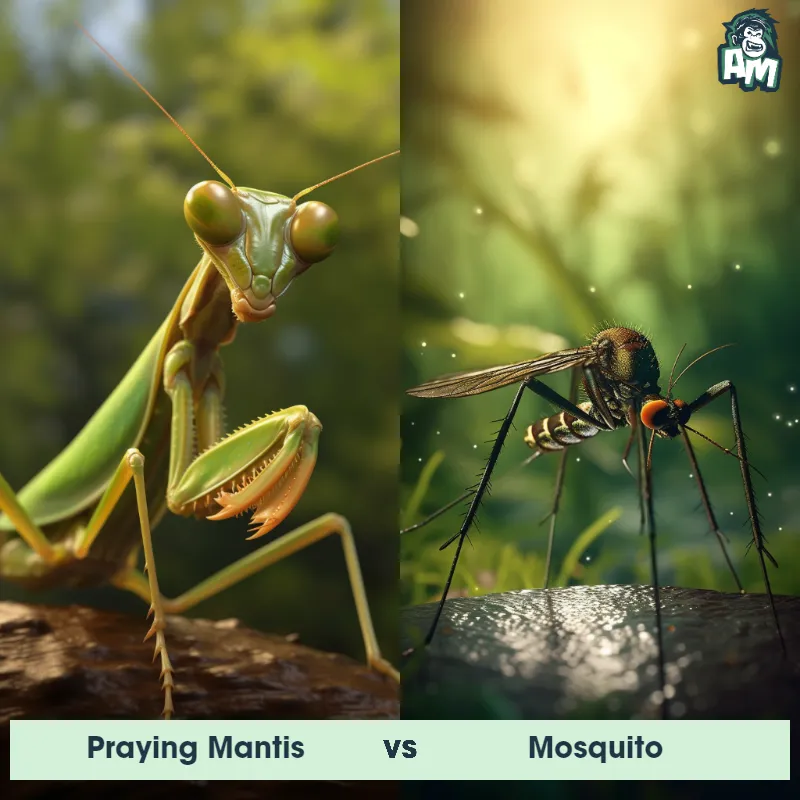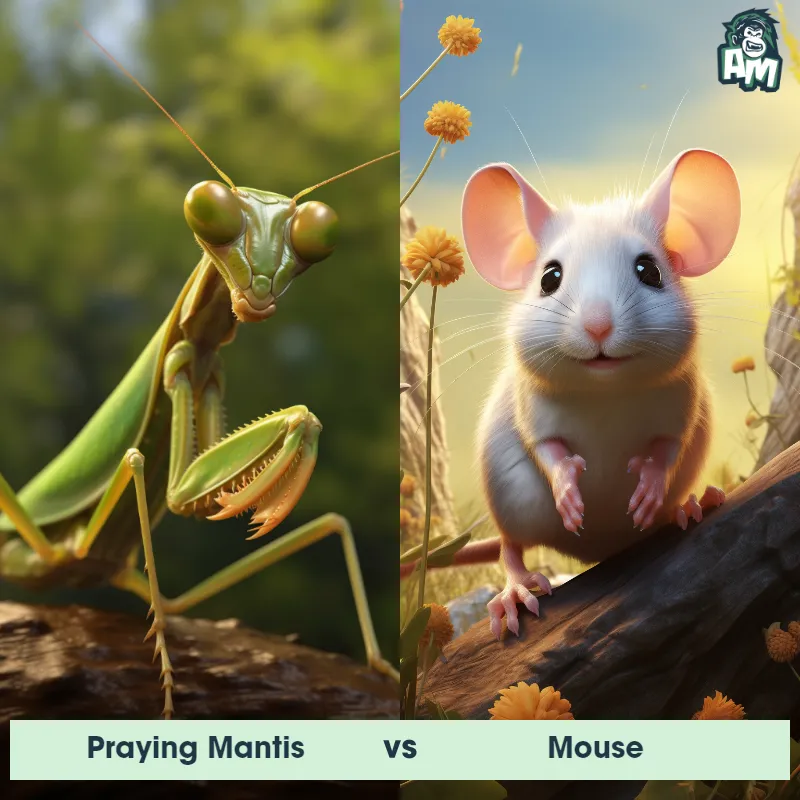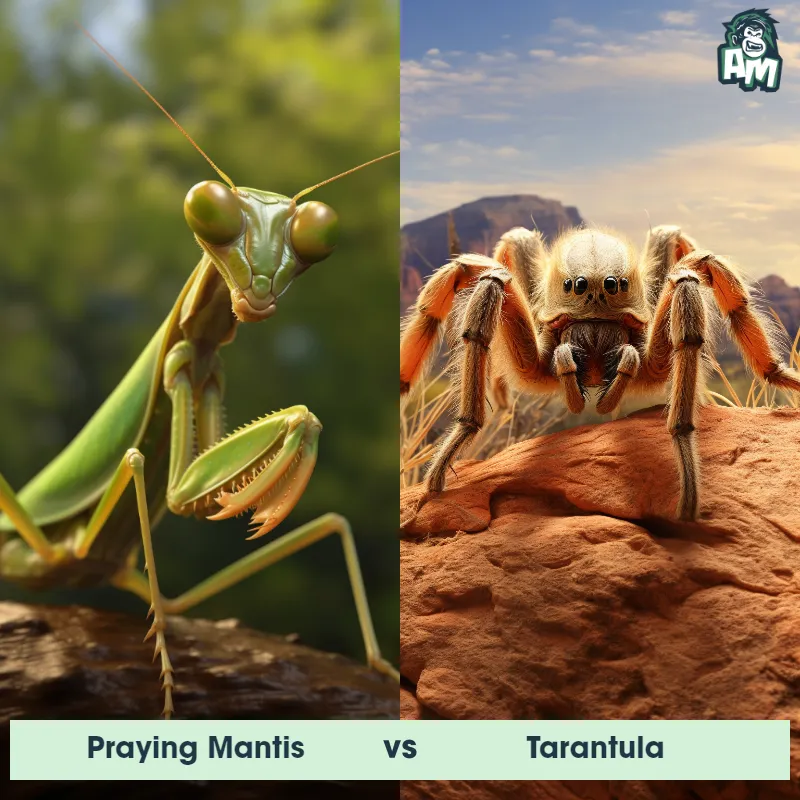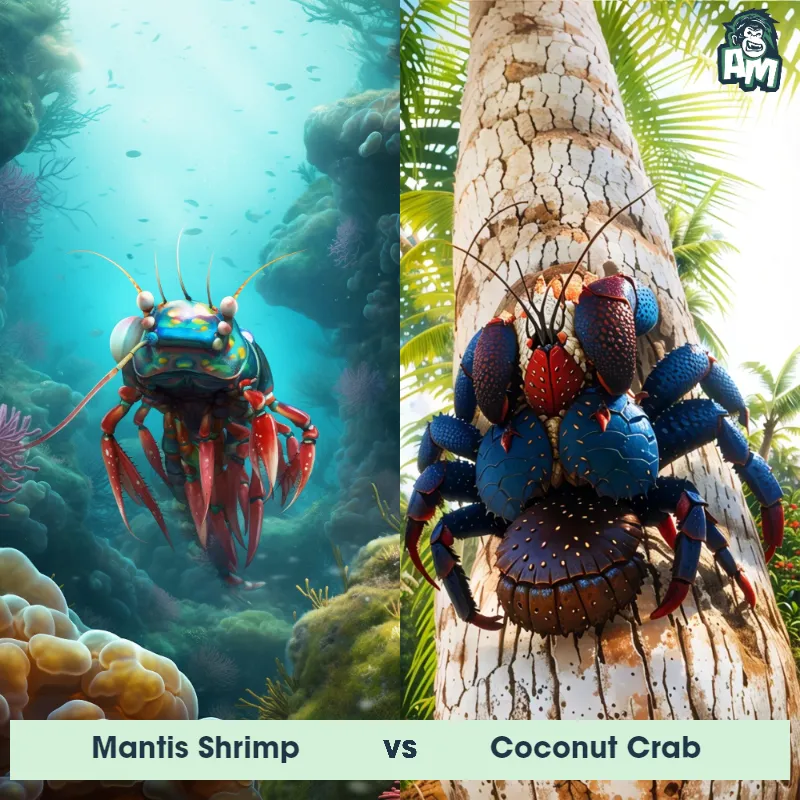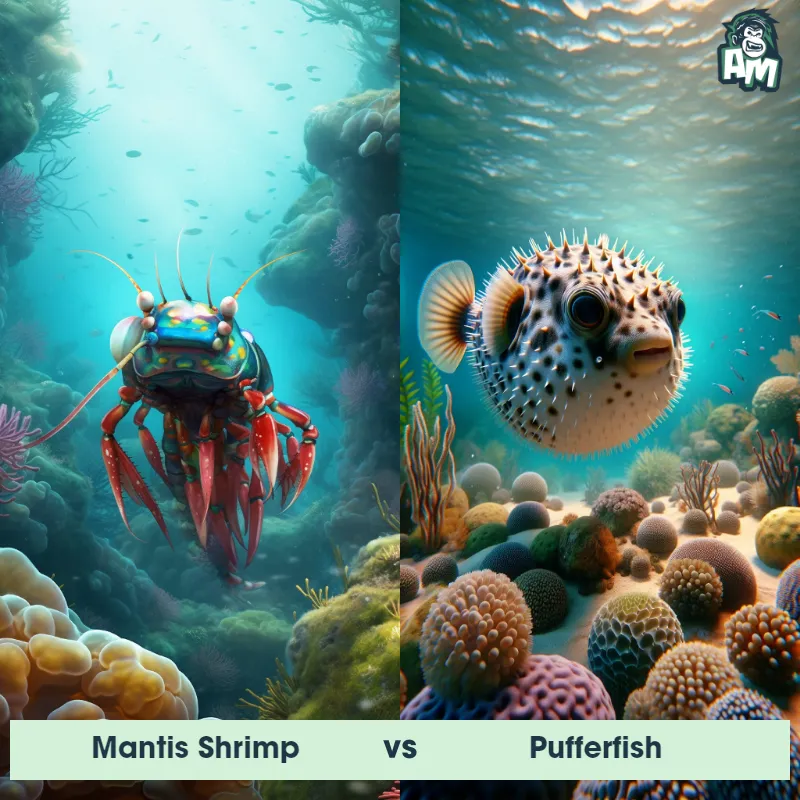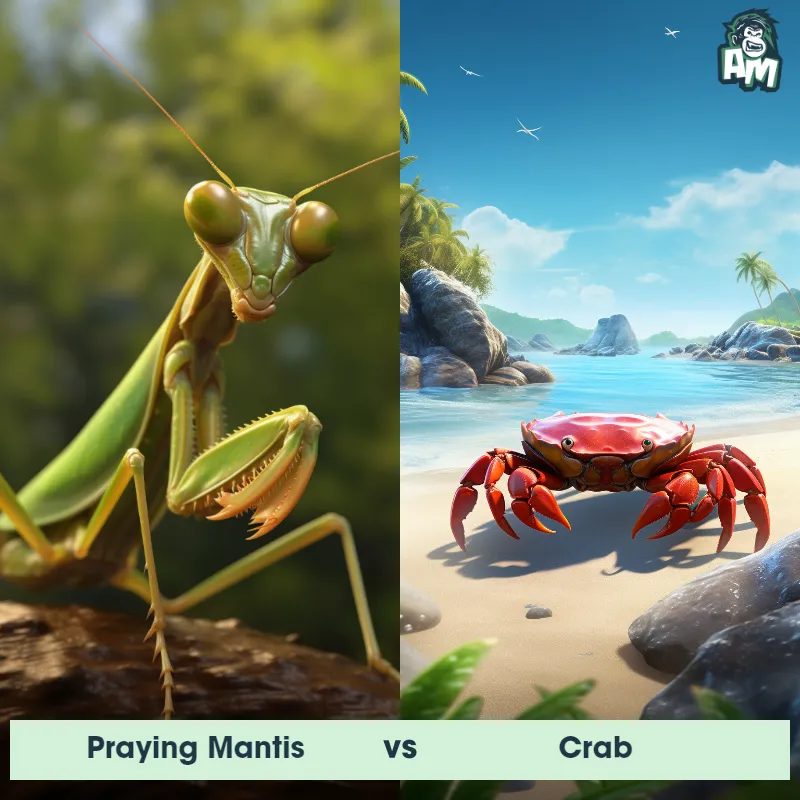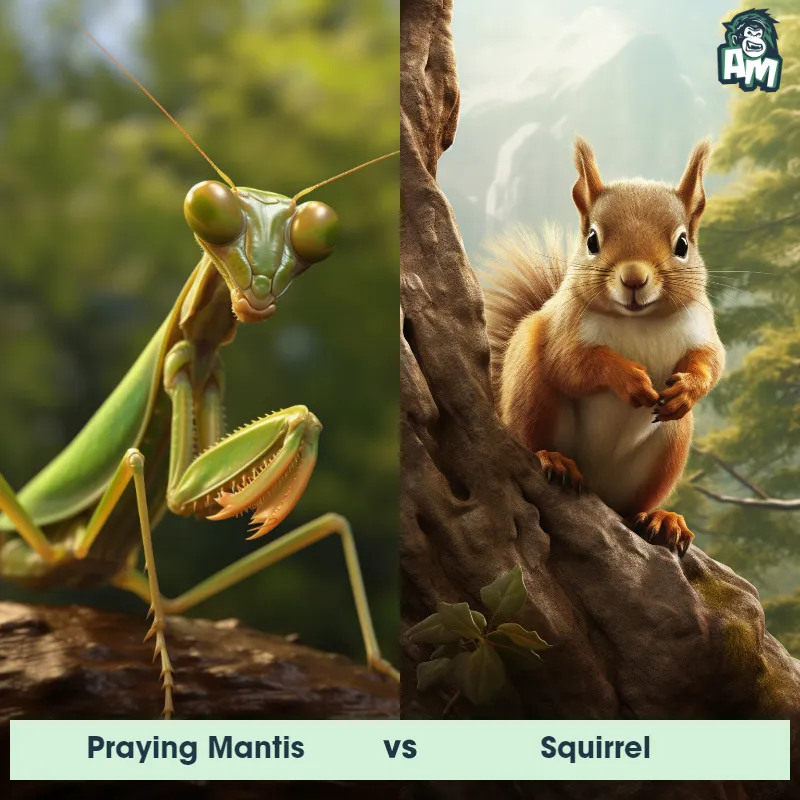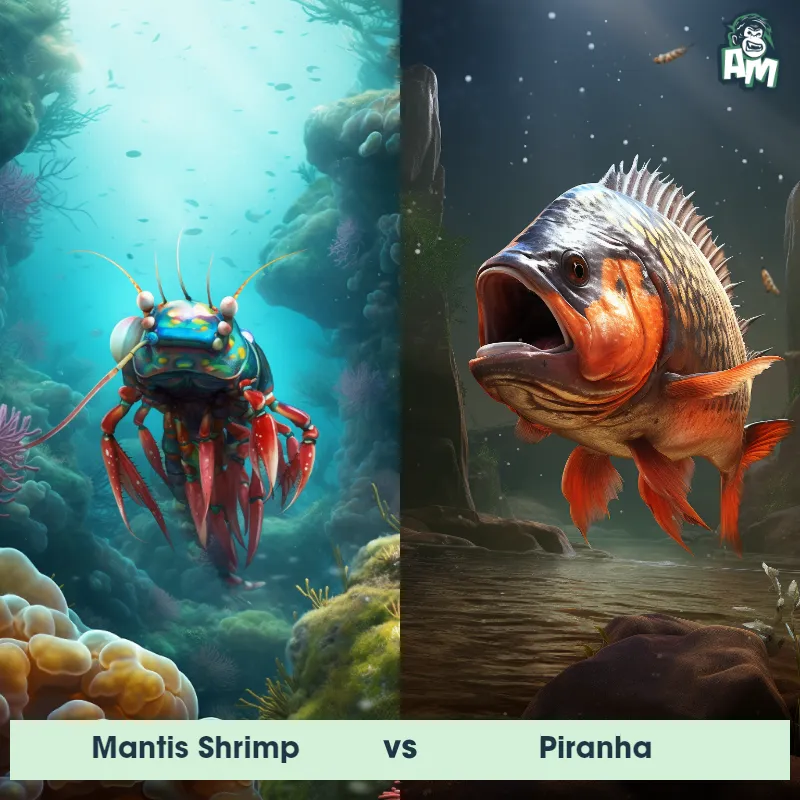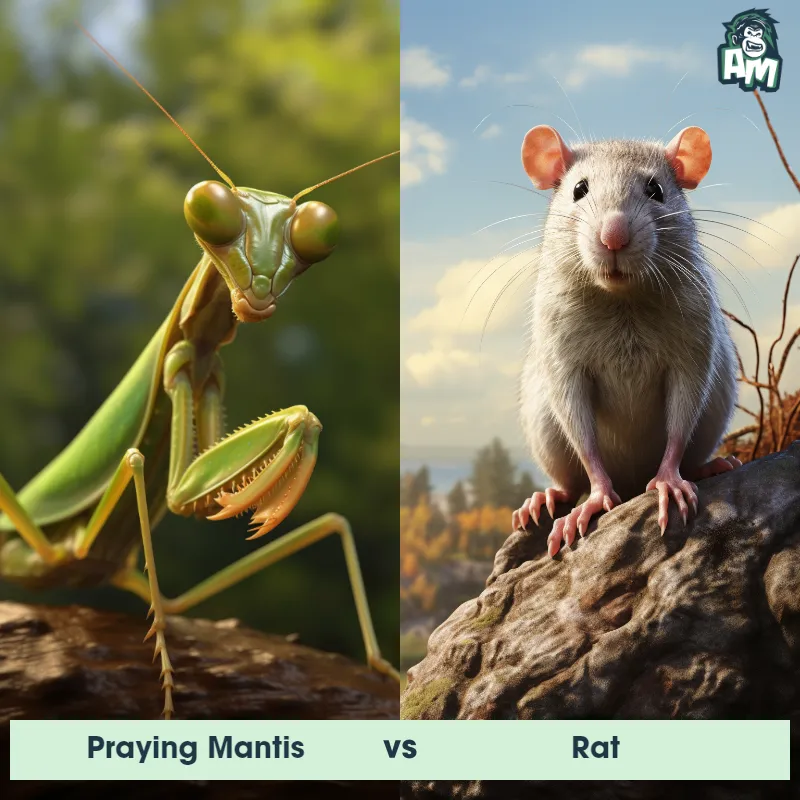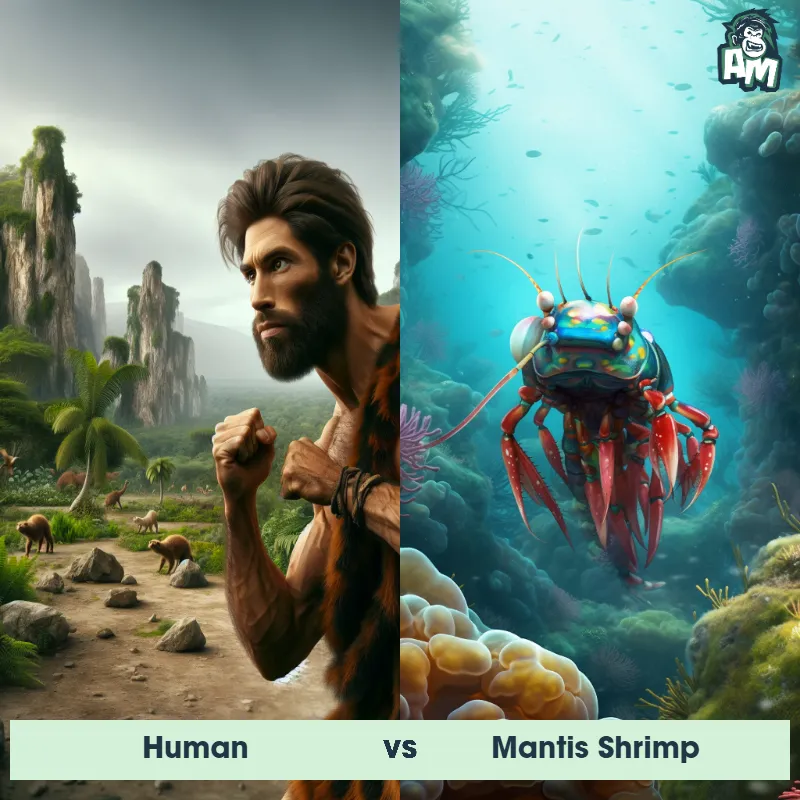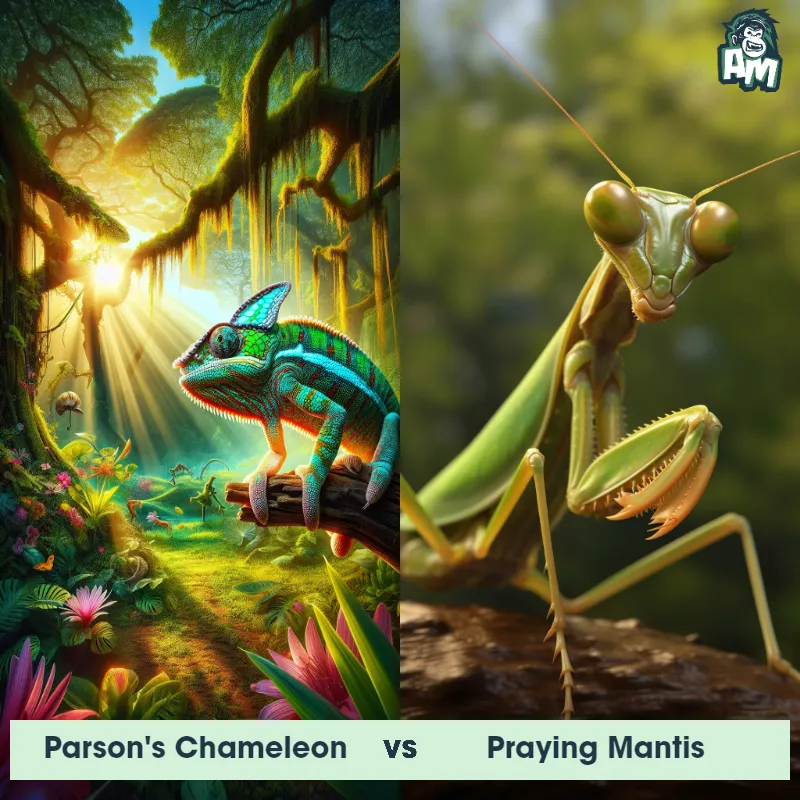Mantis Shrimp vs Praying MantisSee Who Wins
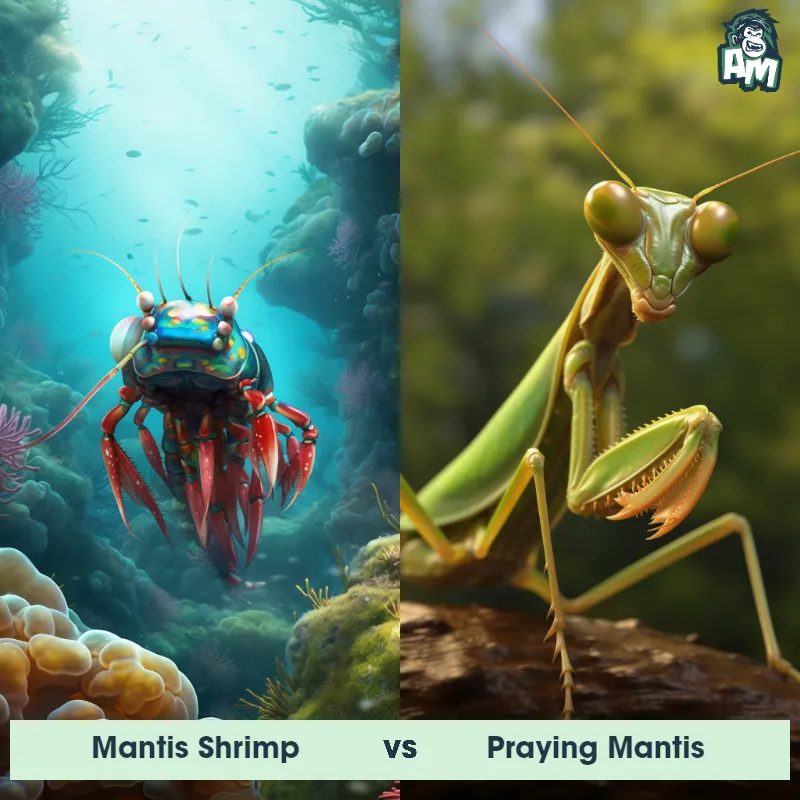
The stage is set for an intriguing battle between two extraordinary fighters of the insect world, each possessing unique abilities! Representing the marine world, armed with one of the fastest and most powerful punches, we have the Mantis Shrimp. And from the land, known for its lightning-quick strikes and iconic stance, we present the Praying Mantis. This is a matchup of agility vs power!
Contender 1: Mantis Shrimp
The Mantis Shrimp, also known as the Stomatopod, is a marine crustacean that is known for its incredible strength and speed. They have a unique pair of raptorial appendages that they use to strike their prey with incredible force, which can even break aquarium glass. They come in a variety of colors and patterns, and have complex eyes that can see a wider range of colors than humans.
Fun Fact: The Mantis Shrimp has the fastest punch in the animal kingdom, with some species able to strike at speeds of up to 50 miles per hour, which is faster than a .22 caliber bullet.
Contender 2: Praying Mantis
The Praying Mantis is a fascinating insect known for its unique appearance and predatory behavior. With elongated bodies and large, triangular heads, these insects are easily recognizable. They have two large, compound eyes and three small simple eyes, which allow them to see in multiple directions at once. Their front legs are modified into powerful grasping appendages, which they use to catch and hold their prey. Praying Mantises are also known for their ability to camouflage themselves, blending in with their surroundings to avoid detection.
Fun Fact: Praying Mantises are known for their cannibalistic behavior, with females often eating their male partners after mating.
Matchup Stats
| Mantis Shrimp | Praying Mantis | |
|---|---|---|
| Size | Up to 12 inches (30 cm) long | 2-5 inches (5-13 cm) |
| Weight | Up to 2 pounds (0.9 kg) | 0.1-0.6 ounces (3-18 grams) |
| Speed | Speed: 23 mph (37 km/hr) | Speed: 1.5 mph (2.4 km/hr) |
| Key Strength | Powerful raptorial appendages that can strike with incredible force | Powerful grasping front legs |
| Biggest Weakness | Vulnerable to attacks on their soft underbelly | Vulnerable to being flipped onto their backs |
Current Votes
Mantis Shrimp vs Praying Mantis
See Who Wins
View More Matches
Looking For More?
Similar Matches
Scientific Stats
| Mantis Shrimp | Praying Mantis | |
|---|---|---|
| Scientific Name | Stomatopoda | Mantodea |
| Family | Stomatopodidae | Mantidae |
| Habitat | Marine | Terrestrial |
| Geography | Tropical and subtropical regions worldwide | Worldwide |
| Diet | Small fish, crabs, mollusks, and other crustaceans | Insects, spiders, and other small animals |
| Lifespan | 4 years - 20 years | 6 months - 1 year |
Key Differences between Mantis Shrimp and Praying Mantis
- Body shape: Mantis Shrimp have elongated bodies with a segmented exoskeleton, while Praying Mantises have a more slender and elongated body with a distinct head and thorax.
- Coloration: Mantis Shrimp exhibit a wide range of vibrant colors, often with intricate patterns, while Praying Mantises typically have a green or brown coloration that helps them blend into their surroundings.
- Eyes: Mantis Shrimp possess compound eyes that are divided into three regions, allowing them to see a broad range of colors and detect polarized light, whereas Praying Mantises have large, simple eyes that provide excellent vision for hunting.
- Size: Mantis Shrimp can vary greatly in size, with some species growing up to 30 centimeters (12 inches) long, whereas Praying Mantises are generally smaller, ranging from a few centimeters to around 15 centimeters (6 inches) in length.
- Appendages: Mantis Shrimp have highly specialized forelimbs called "raptorial appendages" that are used for capturing prey, while Praying Mantises have elongated forelegs adapted for grasping and holding prey.
- Habitat: Mantis Shrimp are primarily marine creatures found in shallow coastal waters, burrowing in the sand or hiding in crevices, while Praying Mantises are terrestrial insects commonly found in gardens, forests, and grasslands.




